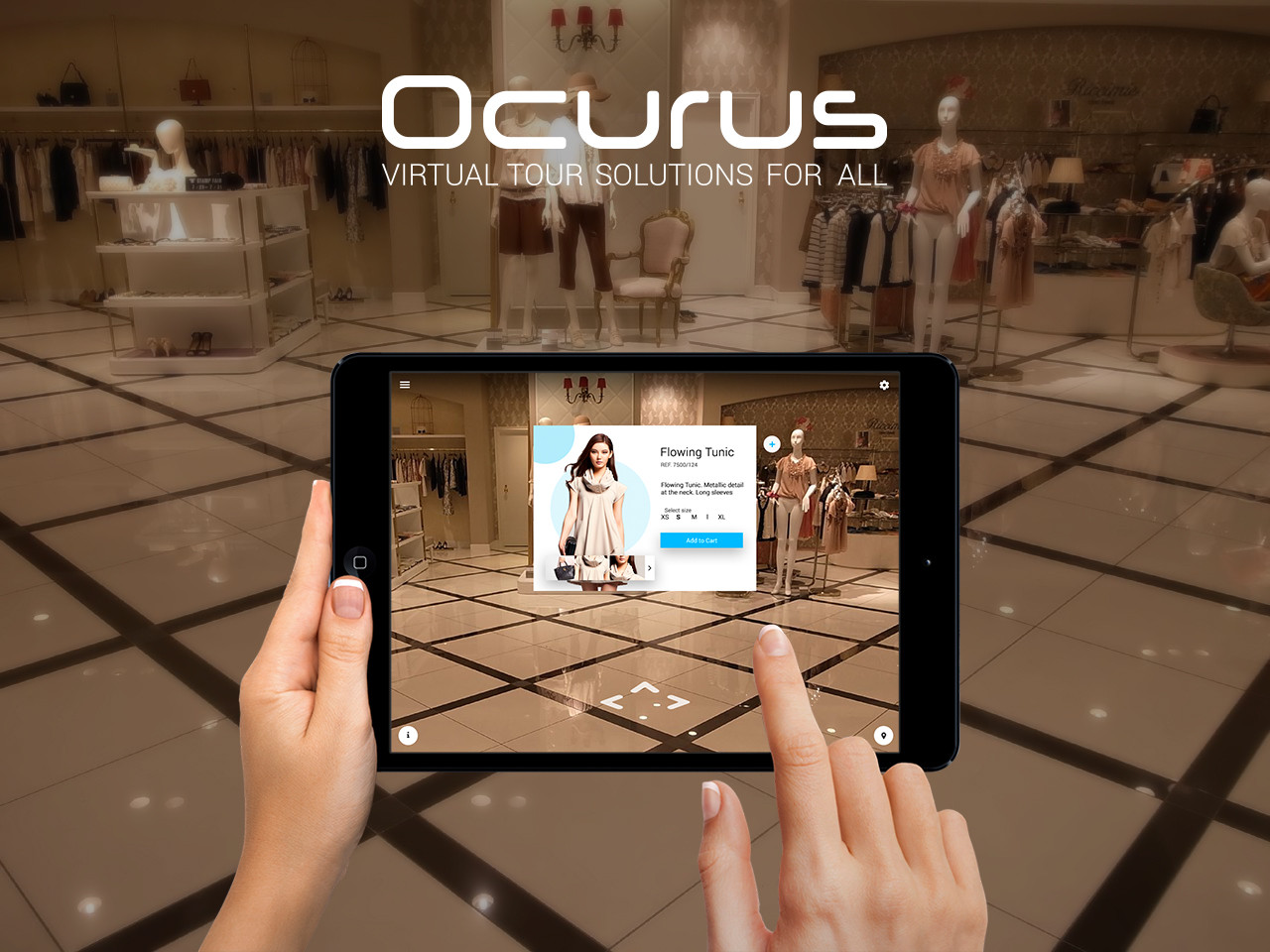
Marketing is a tough job. Not only do you have to work harder than the competition, you also have to be more creative. Your target audience is inundated with messaging all day long — on their laptops, on their smartphones, on their televisions, on their commute, even at the gym.
Breaking through the noise created by all this messaging is tough. It’s harder and harder to create compelling, memorable experiences for consumers. One way to stand out is by utilizing a medium that is both interesting and immersive.
Virtual Reality is not new. But it’s finally starting to reach maturity. And it’s finally becoming accessible to the masses.
Witness the NY Times sending out 300,000 Google Cardboard units to subscribers. Witness Conan O’Brien producing a significant amount of VR content and sending out branded Google Cardboards. Witness Gear VR teaming up with the Olympics & NBC to broadcast many events on their popular head mounted display. Witness my favorite NPR station, KCRW, jumping into VR.
All of these happened in 2016.
One main thing driving virtual reality adoption is the availability of content. As we learned in the 1980s VHS vs. Sony Betamax battle, having good content is what generates platform adoption. So I think it’s safe to say Virtual Reality is starting to get some serious traction.
According to Goldman Sachs, Virtual Reality could grow to be an $80 Billion business by 2025. The reason for this potential growth spurt is that consumers crave unique and engaging experiences. Your spot television ads, your basic internet banner ads, your generic emails… none of that cuts through the clutter.
But if you create an interesting and compelling VR experience, your potential customers will remember you. They’ll embrace you. They’ll form a more positive opinion of you, assuming your Virtual Reality experiences provide value or entertainment.
More and more users want to be a part of the narrative, and VR helps accomplish that. It can be interactive and informative. Many forward thinking marketers are already using VR, from small businesses to Fortune 500.
Here are just a few examples I’ve run across in the last few weeks that have impressed me:
– Steven Taylor, and the Shangri-La Hotels marketing team, equipping all of their sales offices and hotel sales teams with Gear VRs that can display 360 experiences that captivate potential customers and give them a truly memorable impression of Shangri-La.
– Torsten Wingenter, and the Digital Innovation team at Lufthansa Airlines, utilizing VR experiences created for Google Cardboard and Oculus Rift to stand out in the commoditized and relatively undifferentiated world of airline travel.
– Anna Bory, and the marketing team at Audi, utilizing VR to help a luxury brand promote its progressive image and garner more brand awareness and media reach.
– Daniel Grieder, the CEO at Tommy Hilfiger, installing VR at its New York store and promoting the idea of “surprise by square foot”.
– Wim Kok, and his team at Matoke Tours Uganda, using 360 videos of Uganda to encourage visitors to come to the country and experience the beauty firsthand.
– Todd Greenberg, and his marketing group at Australia’s National Rugby League, allowing fans to see things in 360 from players’ and coaches’ perspective, getting them excited to attend a game.
And in case you didn’t notice, I just highlighted VR experiences that allow you to experience six different continents. VR makes the global world that much more accessible. No longer are you required to physically be in the same space to generate potential interest in your company.
If VR is playing a nine inning baseball game, I think we’re in the second inning now. The first inning was the early VR games and expensive headsets. The second inning is making headsets more accessible/cheaper and making it easier to take 360 VR and publish it on multiple platforms. The third inning — well, we’ll find out shortly. But one thing is for sure — VR is starting to move away from a mere novelty.